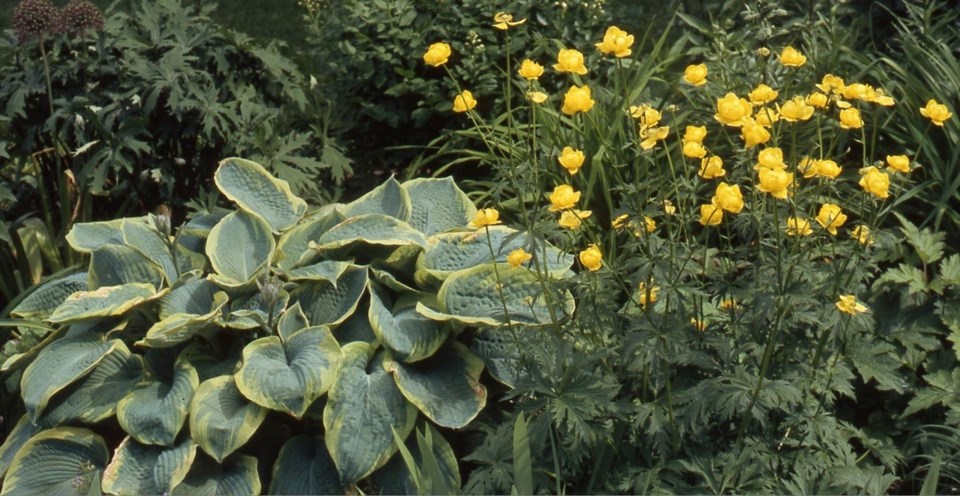YORKTON -The Yorkton and District Horticultural Society will be holding their Spring Plant and Bulb Sale on Friday, June 6 from 9:30 AM to 1:00 PM (or while supplies last) at the Parkland Mall in Yorkton. Come and add to your garden collection with this sale: great plants at great prices, and gardeners on hand to answer your questions. If you’re not sure if your plant choice is suited to a certain space, ask, and chances are someone can tell you all about it! That’s Friday, June 6.
The damp and chilly weather mid-month delayed planting for many of us, and left some over-eager gardeners (who tried to defy the laws of nature) with plants that perished on the cool nights. Maybe the second attempt will work better!
Something for gardeners to consider. Space. Not the magnificent Space above us in the heavens, but space right in our gardens: more specifically, space between plants. When we look at pictures of beautiful gardens, the beds look lush and full. But that picture is taken when the garden is at its stunning peak. When the garden is just starting out, planting things the right way will achieve this effect in time, if we follow certain guidelines.
First thing: do our homework. Read the tag that describes the ‘mature’ size of the plant. This will help determine how much space is needed between plants. For example, if the mature size of a flowering annual is ten inches, we should remember that means ten inches across the whole plant, and therefore, roughly five inches on each side of the main stem. So, picture it. We plant our plant, and how much space do we leave between the next one? If we want the plants to fill in nicely so that there is no bare ground but they are not crowded, the next plant would be ten inches away. Slightly closer if we want a very full look. Any more space and the plantings will look sparse.
I watched a great video where the gardener had a 14- foot long flowerbed, two feet wide. Her landscaping training had her figuring out mathematically for a planting chart how many plants were need for that 28 square feet. A plant that needs to be planted six inches apart would mean four plants per square foot, or 112 plants. A plant that needs 12 inches would mean one plant per square foot or 28 plants.
So you can see, knowing the mature size of the plants is vital.
And please, please do not plant them in a straight row! While straight rows are practical for vegetable gardens, it is not the same for flowering annuals. For a more appealing look, stagger them a little in a “v” or plant them in slightly curving drifts so that they look natural.
Plants are beauty, plants are natural…they are not coffee mugs lined up on the kitchen shelf or soldiers lining up for calisthenics. Left, right, left, right…(yawn)…you get the idea!
If we remember that it takes time for a flower bed to fill out, and considering our short growing season compared to locales in some gardening magazines, we might want to plant a little fuller with a few extra plants. Not overcrowding, but just fuller. This will help achieve that look of abundance and lush growth a little sooner in our garden season. It also fills in the bed, filling in the soil, which gives that lush and completed look. If we can see a lot of soil in our beds, we have planted too sparsely. Add more plants or some interesting ground cover plants or bark mulch.
We always have so much to do, don’t we, gardeners! Visit the hort society at www.yorktonhort.ca and have fun planting! Thank you to YTW for their fine work!






